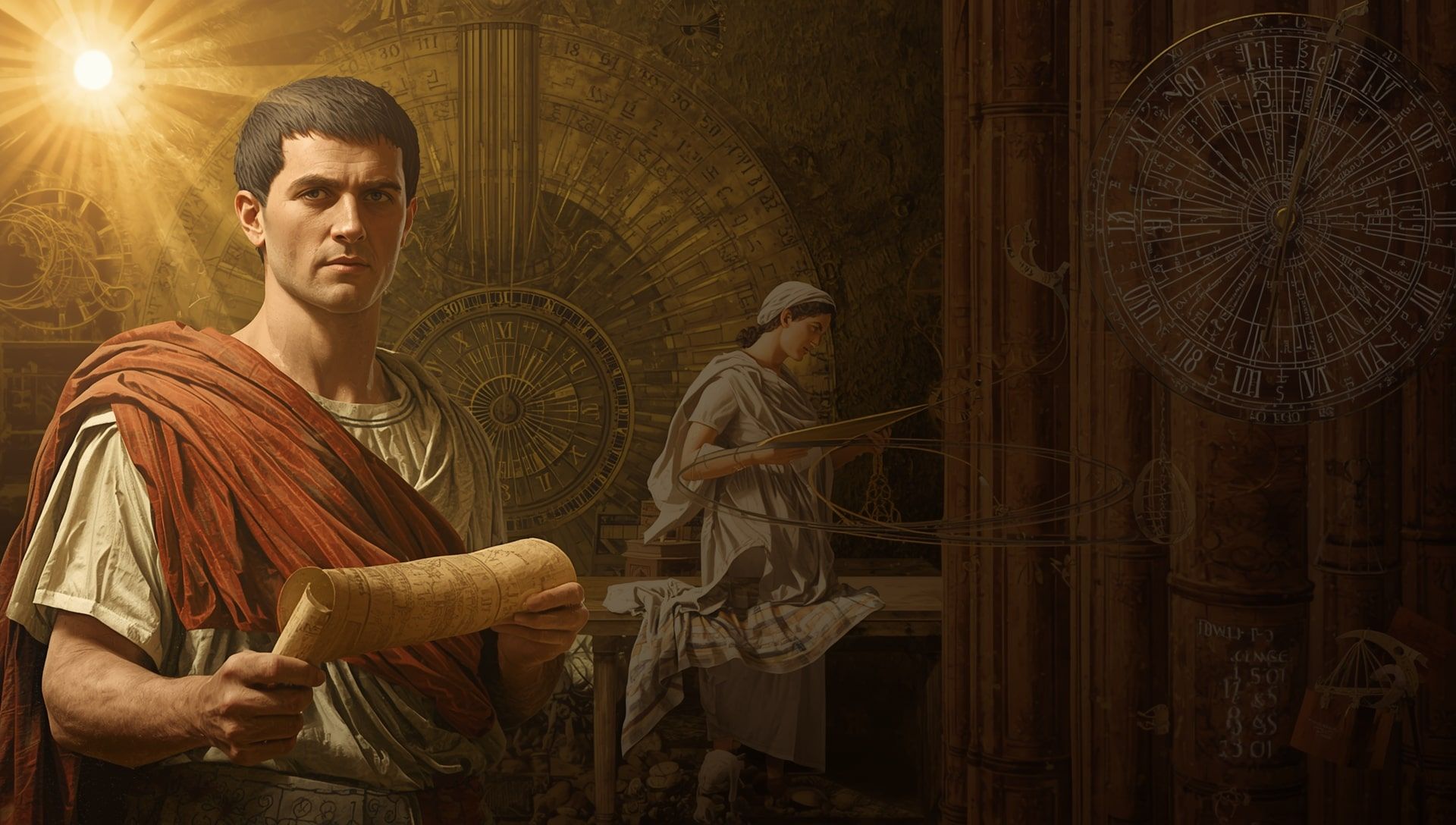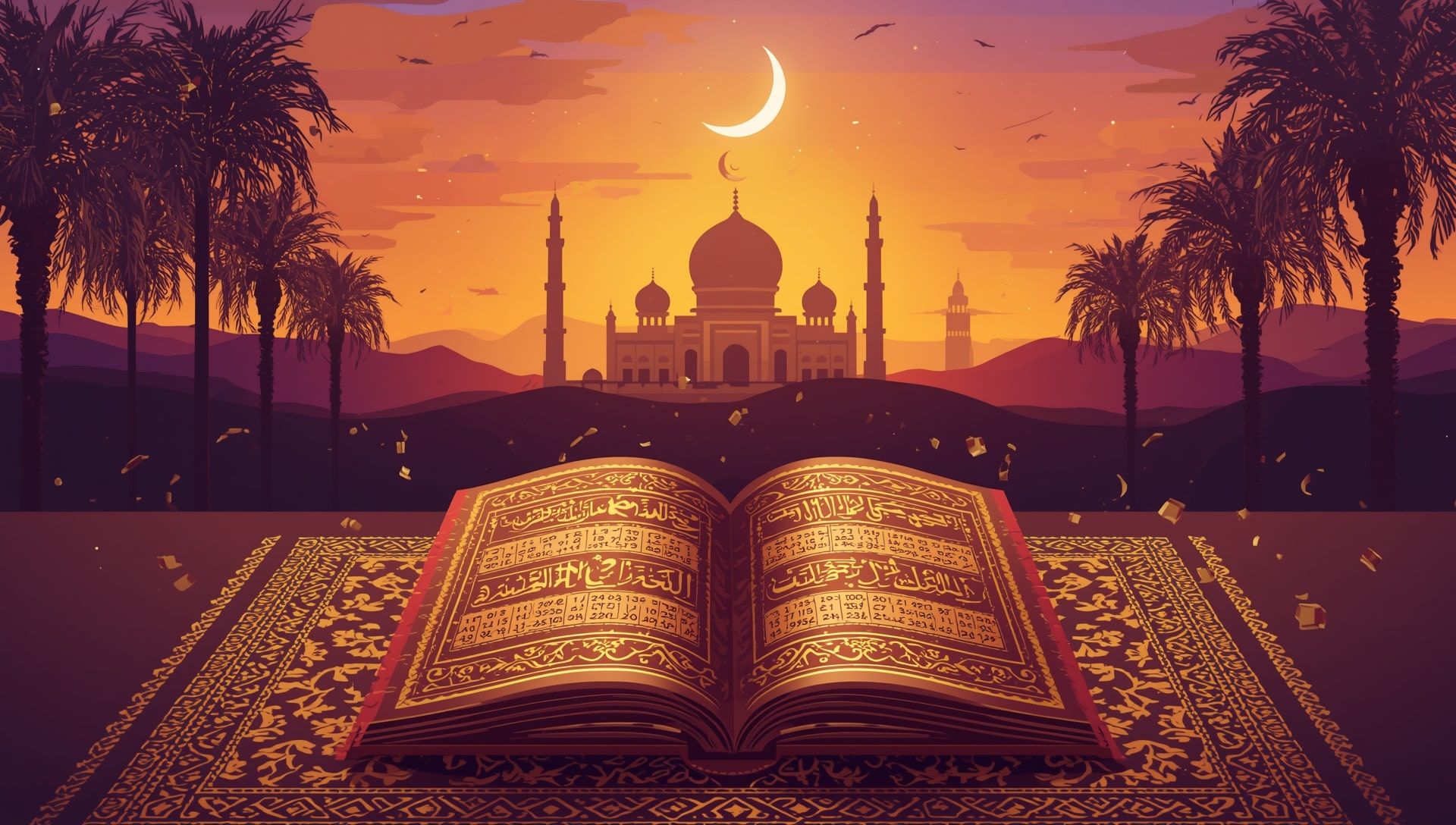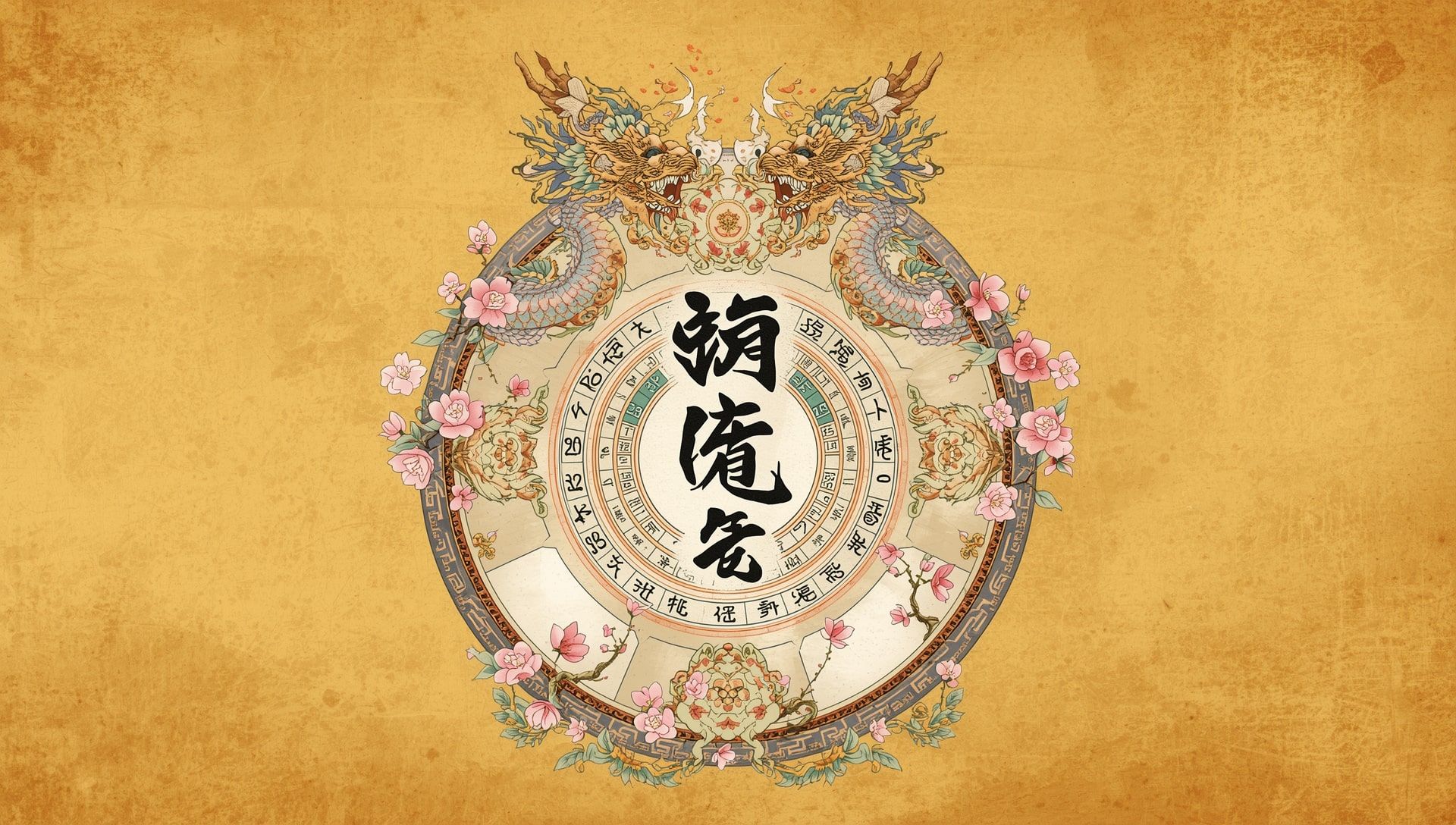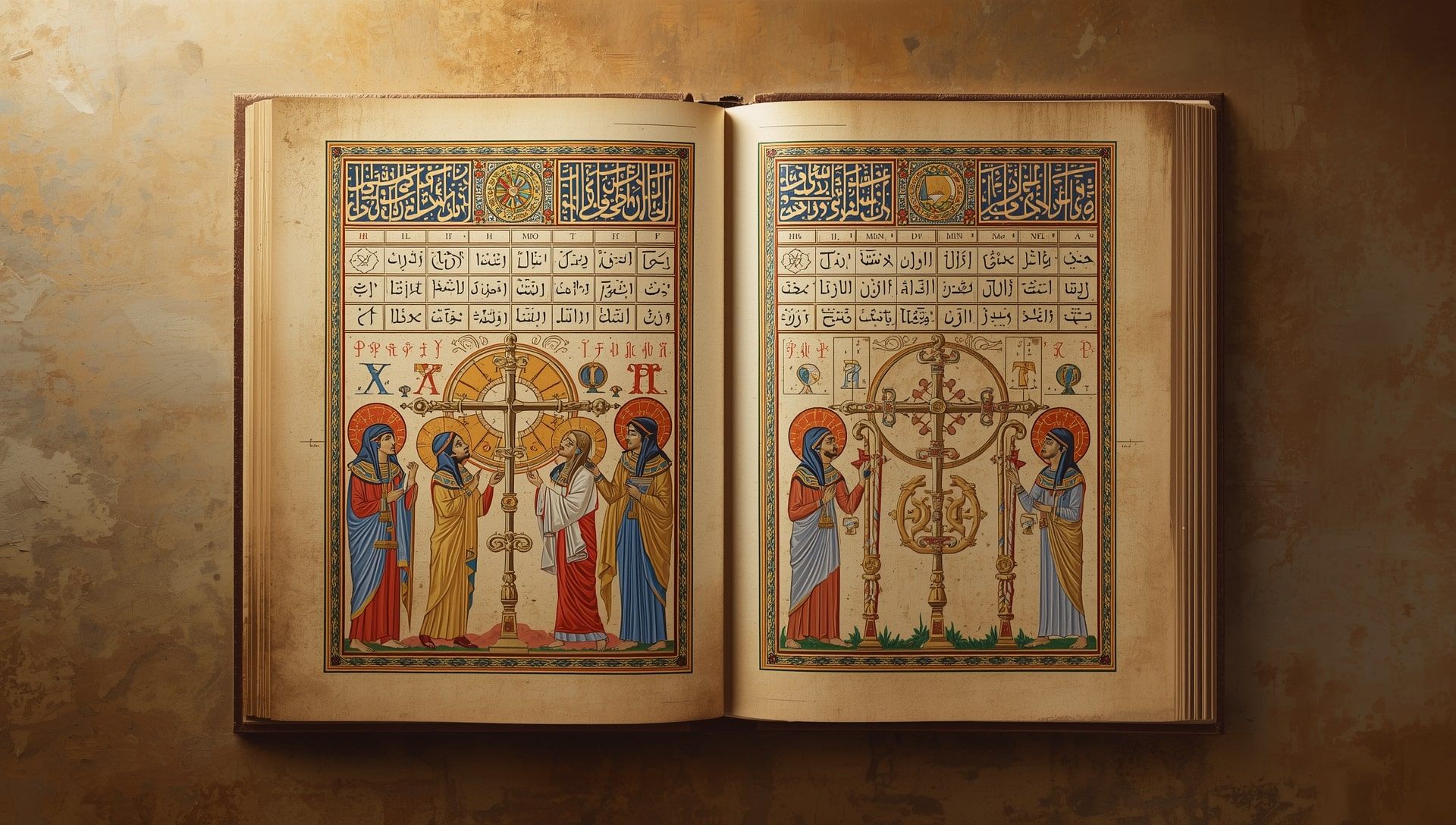The Tamil Calendar is more than a way to track dates. It is a living rhythm that connects generations to the Earth, Sun, and Moon. Across Tamil Nadu and global Tamil communities, this calendar sets the pulse for festivals, weddings, harvests, and even daily tasks. Each month tells a story, each season holds meaning, and every detail reflects a bond with time itself. Much like other traditional calendar systems, it preserves the unity of nature and human existence.
How the Tamil Calendar Began
The origins of the Tamil Calendar trace back thousands of years. It evolved from careful sky-watching by ancient Tamil astronomers who noticed the Sun’s movement through the zodiac. They studied how the lunar cycle influenced tides, crops, and human behavior. Over time, these observations became a structured system called the Panchangam that still guides Tamil culture today, similar to how early Julian systems structured the concept of months and years.
The Solar and Lunar Harmony
Unlike purely lunar calendars, the Tamil Calendar is a lunisolar one. It balances the Moon’s phases with the Sun’s transit through the zodiac signs. This keeps agricultural and religious activities in tune with natural cycles, much like the lunar and solar balance seen in other ancient systems.
There are twelve solar months. Each begins when the Sun enters a new zodiac sign. The lunar aspect is seen in how days are named and rituals are planned according to Tithi (lunar day), Nakshatra (star), Yoga (astral combination), and Karanam (half of a lunar day).
Structure of the Tamil Year
The Tamil year has twelve months, each holding special meanings and festivals. Here’s a look at them, aligning seasonally with the changing time zones and agricultural transitions:
| Month | Approx. Gregorian Range | Significance |
|---|---|---|
| Chithirai | Mid-April to Mid-May | Begins the Tamil New Year; time for new beginnings and the Chithirai Thiruvizha festival. |
| Vaikasi | Mid-May to Mid-June | Known for Vaikasi Visakam, celebrating Lord Murugan’s birth. |
| Aani | Mid-June to Mid-July | Marks Aani Thirumanjanam, sacred rituals for Lord Nataraja. |
| Aadi | Mid-July to Mid-August | Time for monsoon prayers and honoring divine feminine energy through Aadi Perukku. |
| Avani | Mid-August to Mid-September | Dedicated to education and spiritual renewal. |
| Purattasi | Mid-September to Mid-October | Month for worshipping Lord Vishnu; vegetarian fasting is common. |
| Aippasi | Mid-October to Mid-November | Season of rain and Diwali celebrations. |
| Karthigai | Mid-November to Mid-December | Famous for Karthigai Deepam, the festival of lights in Tamil tradition. |
| Margazhi | Mid-December to Mid-January | Spiritual month, filled with early morning hymns and devotion. |
| Thai | Mid-January to Mid-February | Harvest season marked by Pongal, celebrating farmers and the Sun. |
| Maasi | Mid-February to Mid-March | Month of rituals, especially Maasi Magam, where river and sea rituals take place. |
| Panguni | Mid-March to Mid-April | Ends the year, known for Panguni Uthiram, the festival of divine unions. |
Understanding the Panchangam
The Panchangam is the heart of the Tamil Calendar. It contains five vital elements that define time and guide religious or agricultural actions. This concept has parallels with the IANA time zone system, which organizes global timekeeping through structured data.
- 🕉️ Tithi: The lunar day, based on the Moon’s angle with the Sun.
- 🌟 Nakshatra: The star constellation the Moon occupies.
- ☀️ Yoga: A combination of the Sun and Moon’s longitudes affecting human affairs.
- 🌗 Karanam: Half of a lunar day used to determine auspicious timing.
- 📅 Vaara: The weekday, ruled by planetary influence.
Festivals and Cultural Significance
The Tamil Calendar guides over a hundred festivals across the year. Each one aligns with astronomical transitions and seasonal changes. A few highlights include the major harvest and light festivals that coincide with national holidays and observances.
- 🪔 Puthandu: The Tamil New Year celebrated in Chithirai with feasting, rituals, and home decorations.
- 🌾 Pongal: A four-day harvest celebration in Thai month thanking the Sun and Earth for abundance.
- 🔥 Karthigai Deepam: The festival of lamps in Karthigai, symbolizing the victory of light over darkness.
- 🌺 Aadi Perukku: Celebrated near rivers, honoring water as a giver of life and prosperity.
- 🙏 Margazhi Bhajans: Spiritual songs fill the early mornings of Margazhi month, creating an atmosphere of devotion.
Astrology and Daily Life
Astrology plays a deep role in Tamil life, and the calendar intertwines closely with it. The movement of celestial bodies shapes personal events, rituals, and even business openings. Many still consult astrologers who interpret the Panchangam for auspicious dates. This practice aligns with the understanding of global time cycles that keep individuals and communities in sync.
The Agricultural Connection
The Tamil Calendar mirrors nature’s heartbeat. Farmers depend on it to time plowing, planting, and harvesting. The months Aadi, Thai, and Panguni correspond with rain cycles, showing how the calendar ensures harmony between human activity and nature, much like modern weather forecasting does for farming decisions.
- 🌾 Aadi: Prayers for water abundance.
- 🌞 Thai: Time to harvest and celebrate Pongal.
- 🌿 Panguni: Prepares the soil for a new growing year.
Quick Glance Table of Meanings
| Element | Represents | Example Use |
|---|---|---|
| Tithi | Lunar Day | Choosing dates for fasting and rituals |
| Nakshatra | Star Position | Marriage compatibility and naming |
| Vaara | Weekday Planet | Deciding auspicious timings |
| Yoga | Celestial Combination | Predicting overall energy of the day |
| Karanam | Half Lunar Phase | Used in agricultural planning |
A Living Calendar Through Ages
The Tamil Calendar is not a relic of the past. It continues to adapt while preserving its core wisdom. Digital versions of the Panchangam are now common on smartphones. Families still consult them daily before starting important activities, just as ancestors did by the light of oil lamps.
Even modern businesses in Tamil Nadu observe its rhythms, closing on auspicious days and marking celebrations that bind communities together. The system holds moral and emotional significance, symbolizing continuity and respect for time’s sacred balance, much like synchronized alarms that guide modern routines.
- 📆 Tamil New Year usually begins around April 14.
- 🌕 Each month is tied to both solar transit and lunar observation.
- 🕉️ There are sixty-year cycles, each with its own name and character.
- 📖 Ancient Tamil literature like Tolkappiyam mentions early calendar systems.
Time, Faith, and the Tamil Soul
The Tamil Calendar remains a bridge between science, spirituality, and everyday life. It reminds people to move with nature’s rhythm, respect the skies, and live with awareness. Whether through sunrise prayers or seasonal feasts, it speaks of a worldview where time is sacred and cyclical, not something to be conquered. Much like perpetual calendars, it embodies the harmony of eternal time.
To follow the Tamil Calendar is to live in conversation with the cosmos. Each sunrise is a blessing, each month a teacher, and every year a reminder that time is not just passing, it is participating with us.









